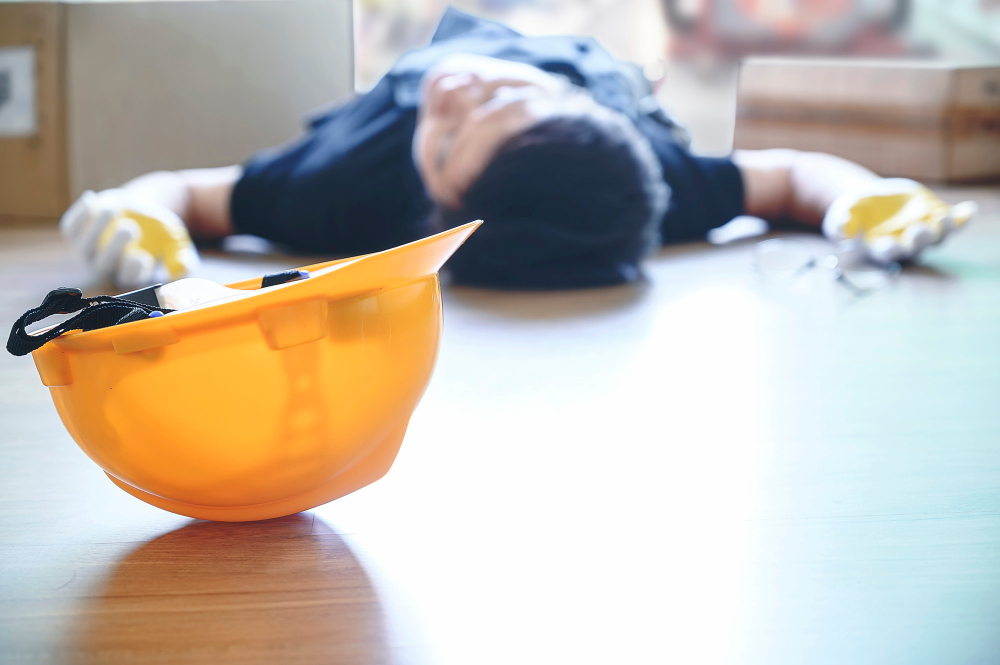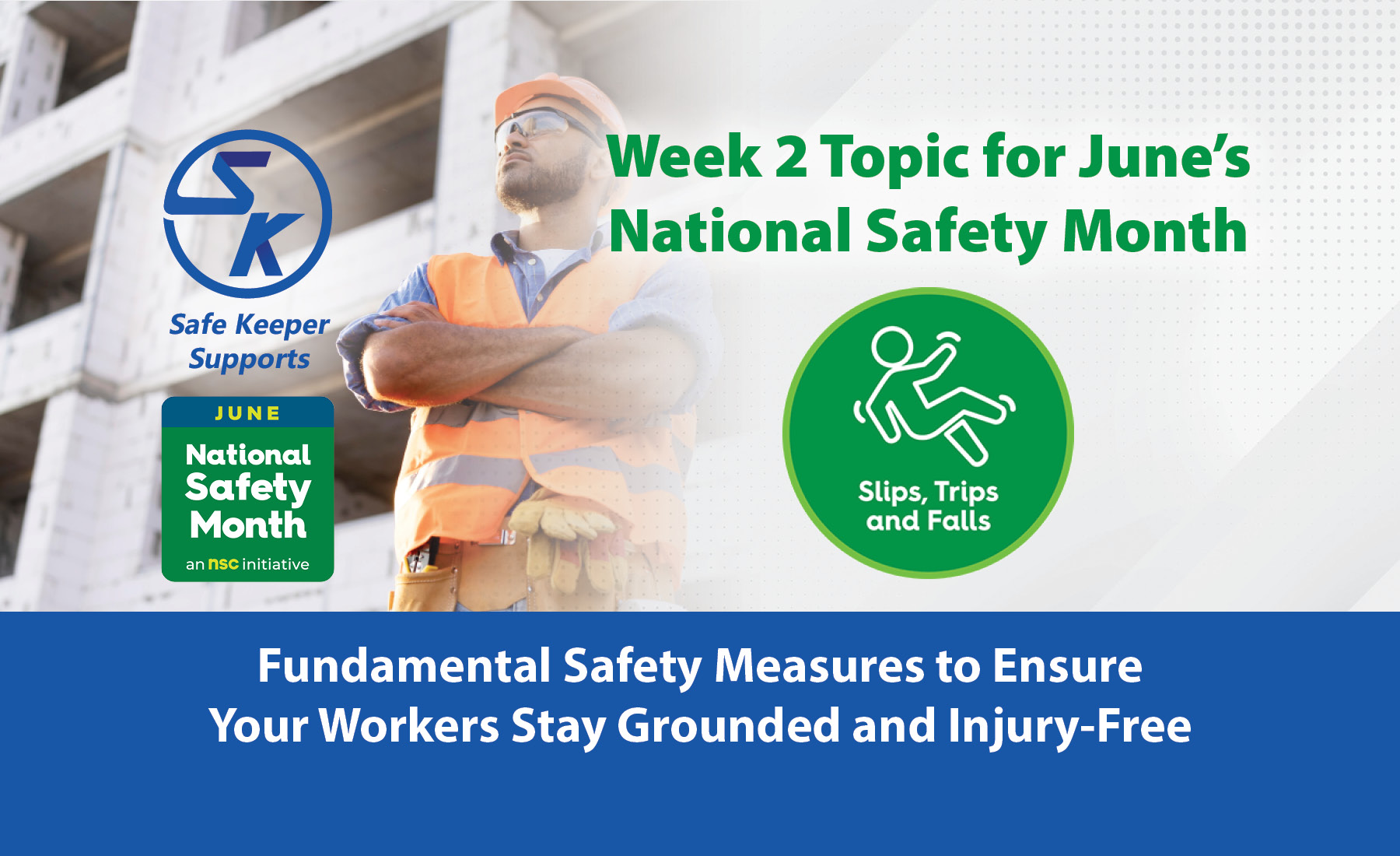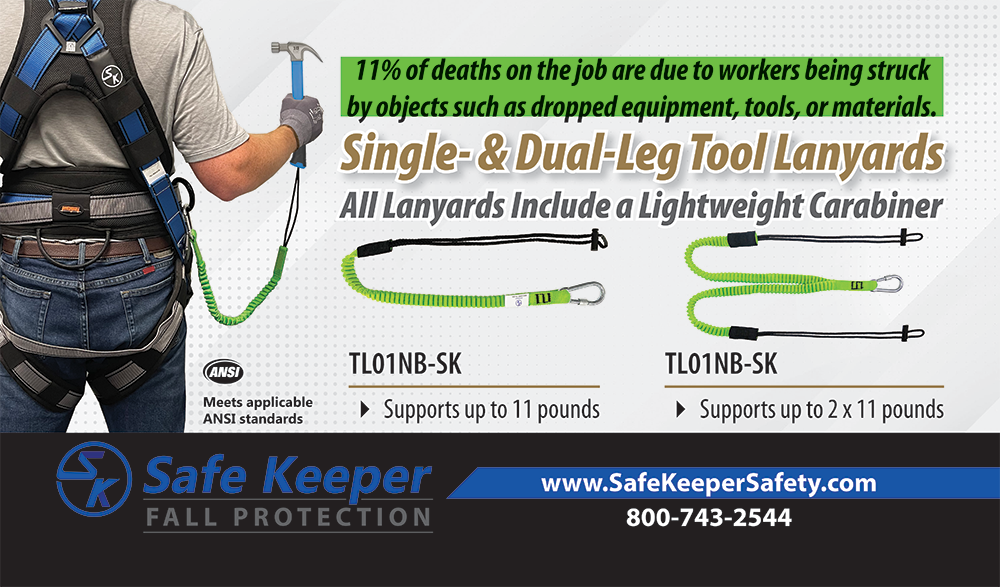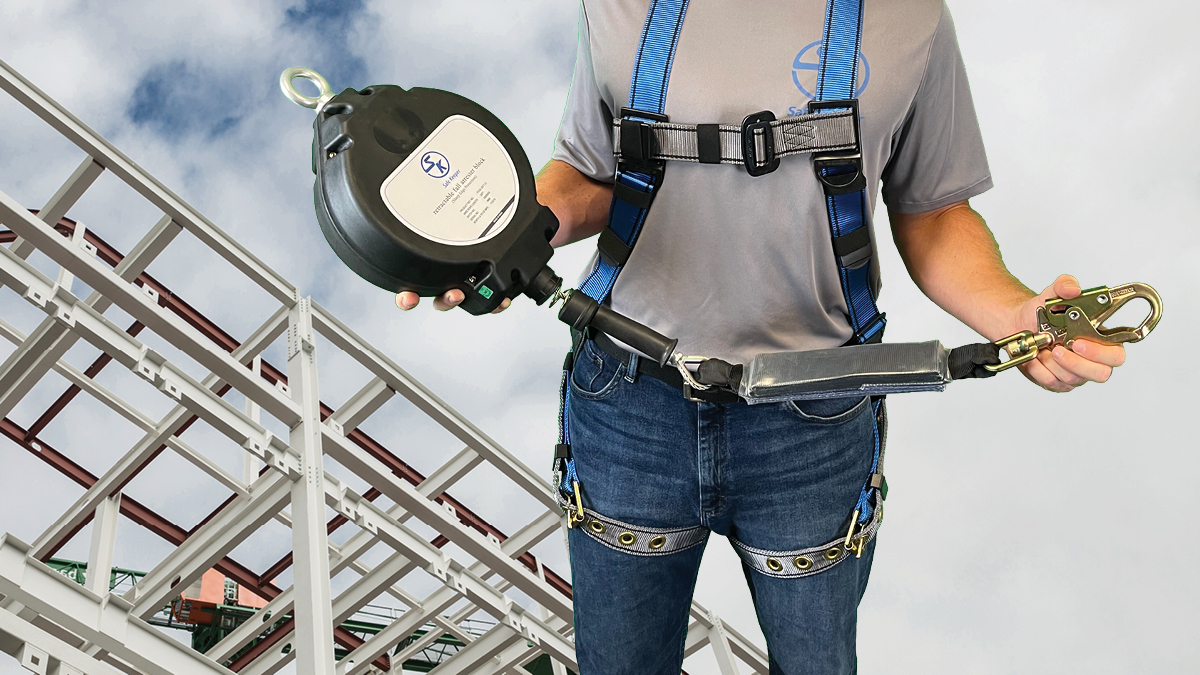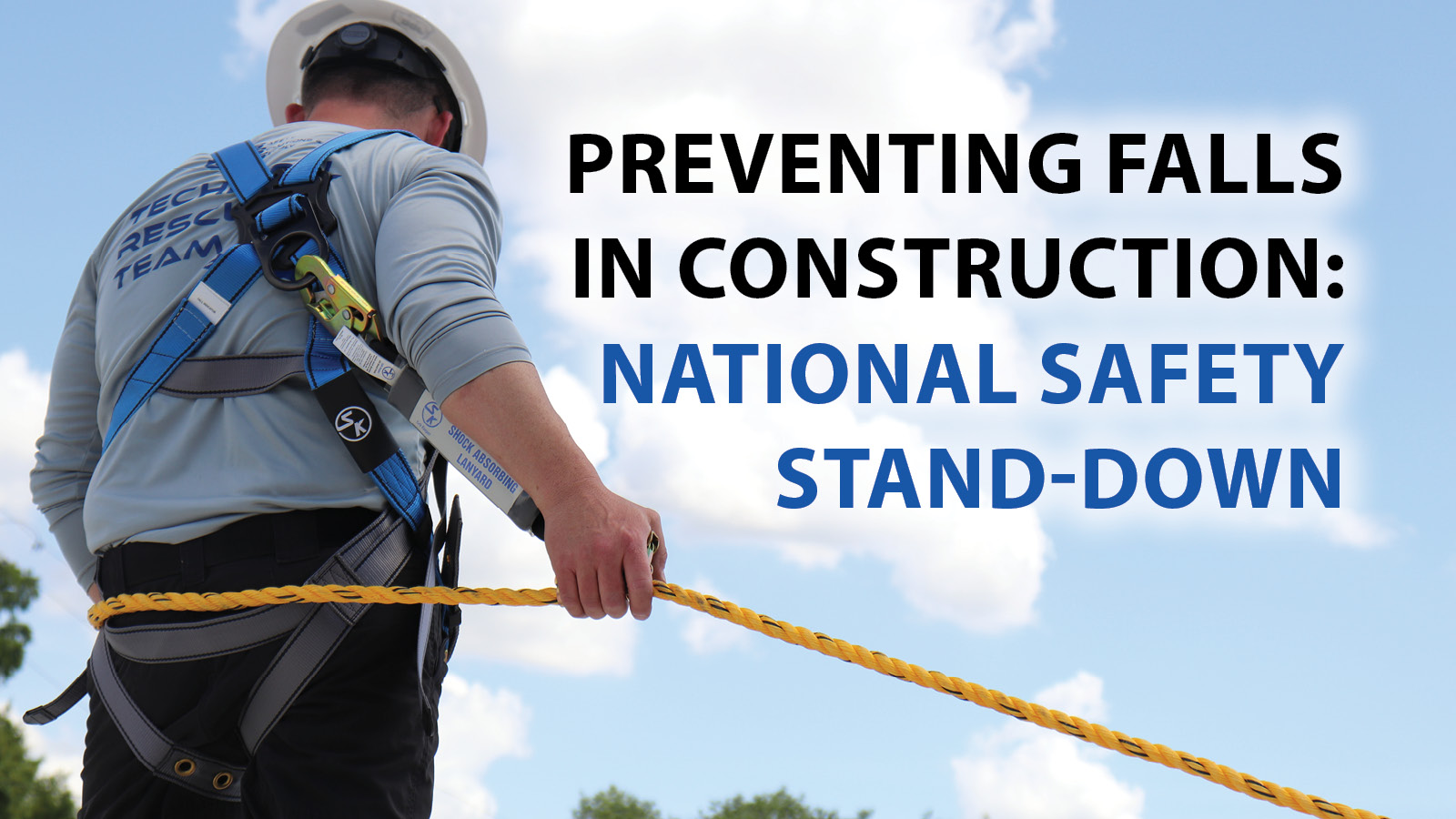There are three categories of industrial falls and different prevention practices for each. At Safe Keeper, your safety is our business. We can help you understand how to mitigate the hazards of each.
Three different types of workplace falls include falls on a single level, falls to a lower level, and swing falls. Each fall type has various ways to address and remediate specific fall hazards. Looking at the fall hazards that may be present in your line of business—and thus how to proactively mitigate those fall hazards—is a critical step in any company’s safety management strategy.
Fall Categories
- Falls on a single level. These falls happen when a worker falls or trips on a single working level. Uneven footways or footways containing equipment, fixtures, or debris can cause these types of falls. Similarly, worn footwear or footwear with an incompatible tread can create fall hazards on a single level. You can control these fall hazards by maintaining clear footways, requiring specific shoe tread, and implementing passive fall protection systems like handrails, enclosed ladders, and catwalks.
- Falls to a lower level. Lower level falls occur when a worker falls from an elevated level to a lower level, such as falling off a roof from a second floor to a first floor or falling off the top of a vehicle. The majority of fall-related injuries and deaths result from these types of falls. OSHA regulations require that employers provide fall protection for workers in any “general Industry setting” where an employee may fall four or more feet to a lower level. Similarly, another OSHA requirement maintains that active fall protection systems must stop a fall to zero acceleration within a distance of 3.5 feet, making a fall arrest system composed of a full-body harness connected to an anchorage point via a self-retracting lanyard the best option to mitigate the hazards of falls to a lower level.
- Swing Falls. Swing falls occur when a worker in a fall arrest system falls from an elevated level, and the anchor point is not directly overhead, causing the worker to fall at an angle in the lanyard. The worker is swung back toward the attachment point by the lanyard, coming into contact with whatever vertical surface is present. To mitigate the injuries and fatalities caused by a worker being slammed into the side of a building, container, vehicle, or other structure, ensure the anchor point is always directly overhead of the worker.
Safe Keeper has an inventory of fall protection systems like harnesses, lanyards, anchor solutions and accessories, and more! Contact us so we can help you and your employees stay safe.
